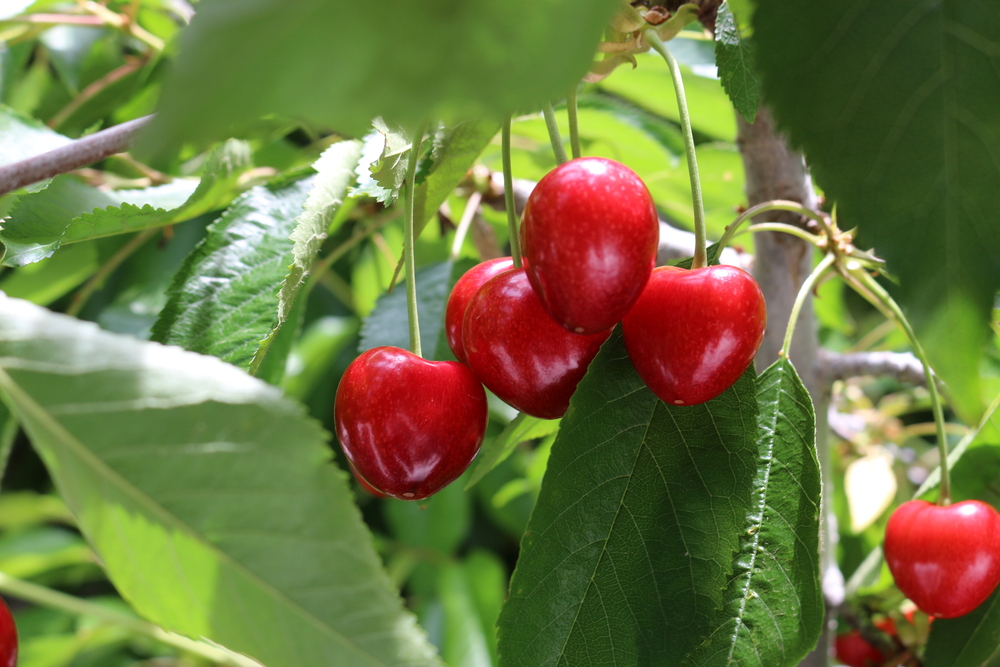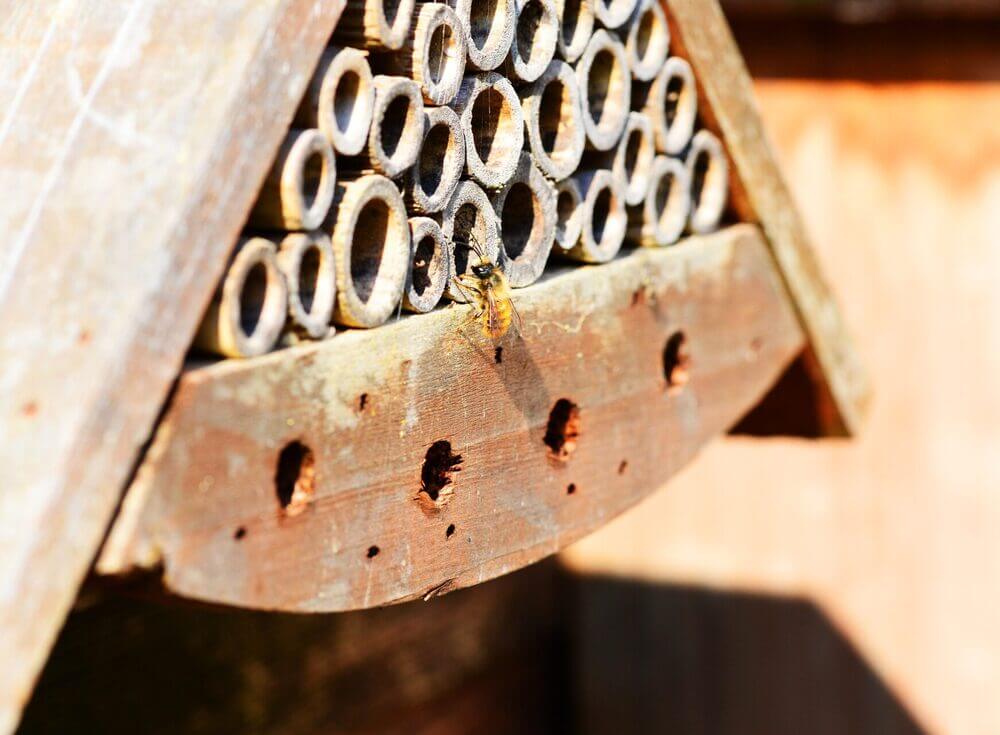It’s no secret that cherries are amongst the most beloved fruits – but the fact is, cherries are not around all the time. Cherries have become more challenging to grow with rising temperatures and drier conditions in many parts of the world.
The impact of climate cannot be overlooked and cherry orchards that are 10 or 15 years old are facing the risk of stunted growth and potential cessation due to drought and heat. That is why BLOOM FRESH™ (BLOOM), the largest breeder of table grapes and cherries in the world, has created a robust low-chill cherry program, designed to revolutionize the cherry-growing business as it is known today.
Over the past few years, the company’s low-chill cherry program named Cheery Cherries™ has flourished, allowing growers to harvest cherries with fewer "chill hours" during the winter. Last year, BLOOM announced it added more varietals to its low-chill program, including the newly trademarked names Cheery Cupid™ (IFG Cher-ten), Cheery Nebula™ (IFG Cher-eight) and Cheery Chap™ (IFG Cher-nine).
 Image 1: Alwyn Van Jaarsveld, International Commercial Cherry Manager, BLOOM FRESH. The Cheery Cherries™ program is also focused on ensuring quality and uniformity - offering hardy varietals that are less vulnerable to damage caused by either hot drought temperatures or excessive rains. The cherries are also bred with transportation in mind, ensuring they stay fresh despite potentially extended shipping and storage durations.
Image 1: Alwyn Van Jaarsveld, International Commercial Cherry Manager, BLOOM FRESH. The Cheery Cherries™ program is also focused on ensuring quality and uniformity - offering hardy varietals that are less vulnerable to damage caused by either hot drought temperatures or excessive rains. The cherries are also bred with transportation in mind, ensuring they stay fresh despite potentially extended shipping and storage durations.
Regions that were previously discarded for not providing enough chill hours can now be considered and analyzed, undergoing a zoning assessment from the Cheery Cherries™ team. Areas with water availability issues can also grow cherries to replace more thirsty crops such as avocado or citrus.
Cherries use less water and are a highly valuable crop, especially if they are harvested in time to fill the early market gap.
How Low-Chill cherries are bred
The Cheery Cherries™ program utilizes cutting-edge technologies that enable BLOOM’s Research and Development team to develop cherries that not only taste great but can withstand several challenges while retaining their freshness and quality. Typically, cherries require many chill hours to produce a fruit that provides consumers with a great eating experience.
Until now, most cherry trees have required 800-1,000 chill hours of temperatures below 45° Fahrenheit (7.2° Celsius). The breeding team at BLOOM has created varieties of cherries that need less than half that much.
Take the Cheery Cupid™ variety, which used to only blossom under low to mid-chill conditions, requiring less than 300 chilling hours in places like Southern California. It wasn’t until the 2022 Chilean cherry season that BLOOM could ascertain the outstanding performance and adaptability of Cheery Cupid™. The variety surprised technicians with its need for even less chill hours than originally registered in California.  Image 2: Cheery Cupid™.
Image 2: Cheery Cupid™.
BLOOM utilizes the most modern tools to ensure that the breeding program’s genetic material produces all-natural, healthy fruit. The breeders grow trees in typically harsh environments to weed out the weaker progeny. These remaining robust varieties are grower-friendly and can withstand the rigor of warm, dry summers while still producing a good crop.
Several of BLOOM’s growers worldwide already have successful plantings with the company’s ten patented cherry varieties. Currently, Chile, South Africa, and Southern California are already growing low-chill cherries, as well as warmer regions such as Spain and Australia. In October, BLOOM recently welcomed growers to the orchards in the Ovalle region of Northern Chile to showcase our Cheery Cherries™ varieties.
Getting the market first
The cherry sector still struggles with a year-round supply of fruit – especially in April and October. That said, BLOOM’s low-chill cherries are all early, meaning they are the first cherries that consumers will see and taste in the market. It’s essential that these cherries provide an incredible eating experience that will entice the public to return for future purchases.
The early window is important, but it cannot compromise quality. The first cherries must be deep red, large, flavorful, and crunchy, as they set the tone for the season to follow. Low-chill cherries allow retailers to start offering cherries several weeks early and maintaining a great eating experience for consumers is essential. This requires dedicated efforts from BLOOM and its growers to ensure that the early cherries meet the highest quality standards. Image 3: Cherry Crunch™.
Image 3: Cherry Crunch™.
Today, growers now have access to the markets, pack houses, and cooling and shipping routes – everything they need to grow and distribute high-quality low-chill cherries. This is very lucrative for both growers and retailers, as BLOOM’s genetics have helped them extend their cherry season.
The low-chill cherries will be sold in the U.S., the European Union, and in other countries, as the fruit becomes more commercially available.
All BLOOM fruit varieties are non-genetically modified (non-GMO) and undergo rigorous testing to preserve quality during weeks of storage. This meticulous process ensures that the fruits can travel effectively to both domestic and international markets while still delivering the exceptional eating experience that consumers have come to anticipate from BLOOM fruit.
Alwyn Van Jaarsveld
International Commercial Cherry Manager, BLOOM FRESH
Cherry Times - All rights reserved















